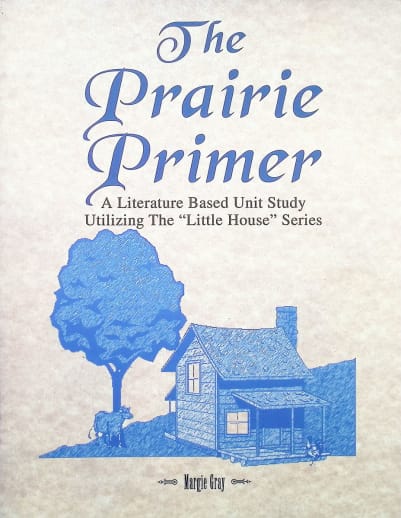Base your schooling on the Little House series! Written by a Christian homeschooler specifically for homeschoolers, this hefty book will help you get the most out of these beloved books. Like KONOS, there are so many activities to choose from, you may want to pick and choose or, as one mother suggests, use different ones with different children according to their interests. Each of the nine Little House books is a different unit focusing on themes found in that book such as: the Postal Service, Railroads, Plants & Animals, 1800's American History, Courtship & Dating, Photosynthesis & Uses of Plants, Food Chains, etc.
Using Little House on the Praire Books to reinforce core subjects.Additionally, each unit covers virtually all subject areas (history, science, health, nutrition, practical skills, literature, writing, geography, Bible, character building, crafts and more). The nine units are divided into four weeks each, so that the entire resource can be completed in a year, although you may choose to make it last for two by slightly altering the suggested daily schedule. There are four lessons given for each of the four weeks, with the fifth day left open as a "catch up" day. A Weekly Planning guide highlights resources and materials to be gathered ahead of time and helps direct the focus of the study.

